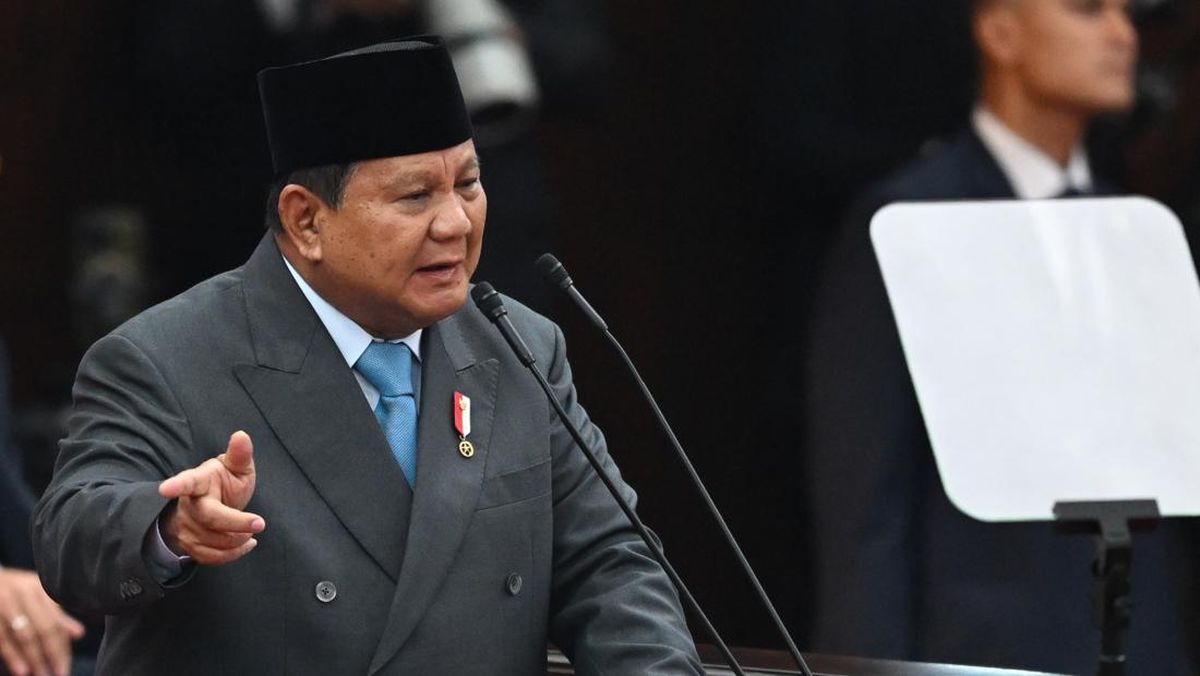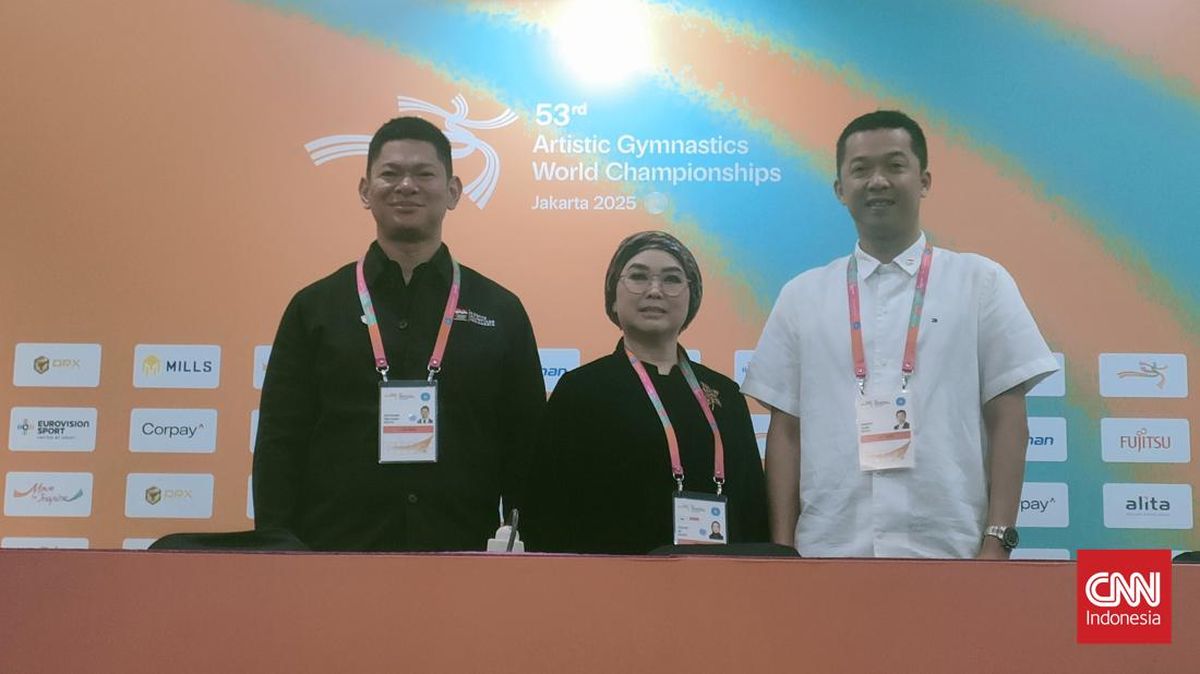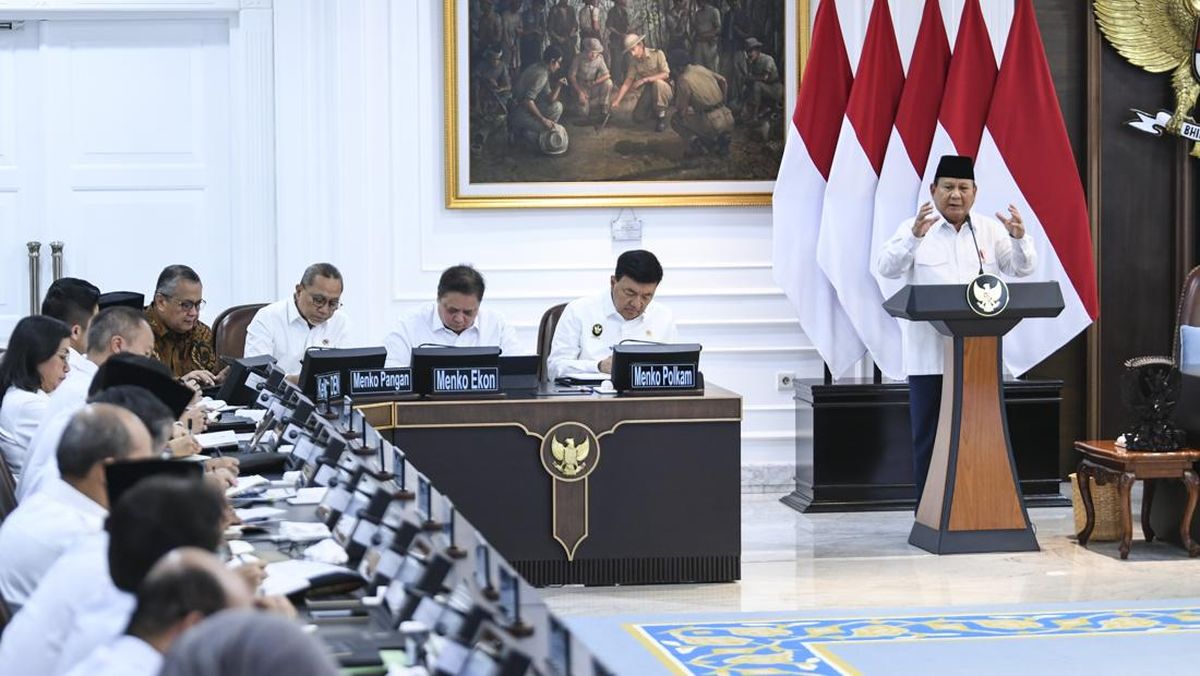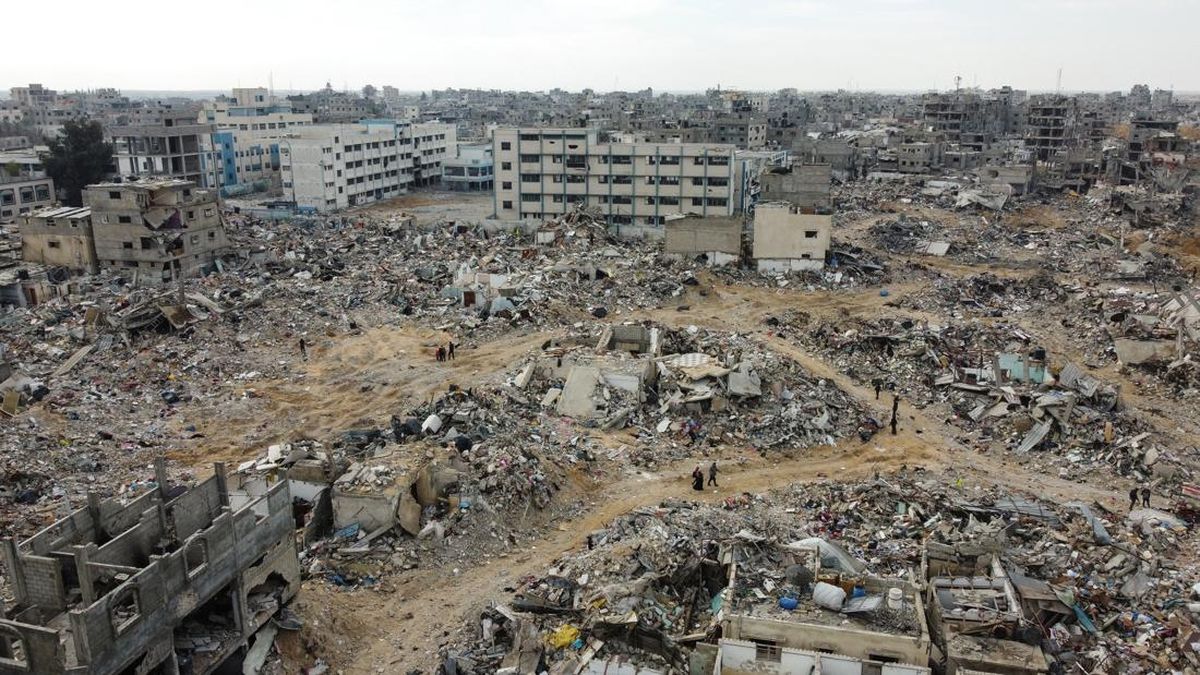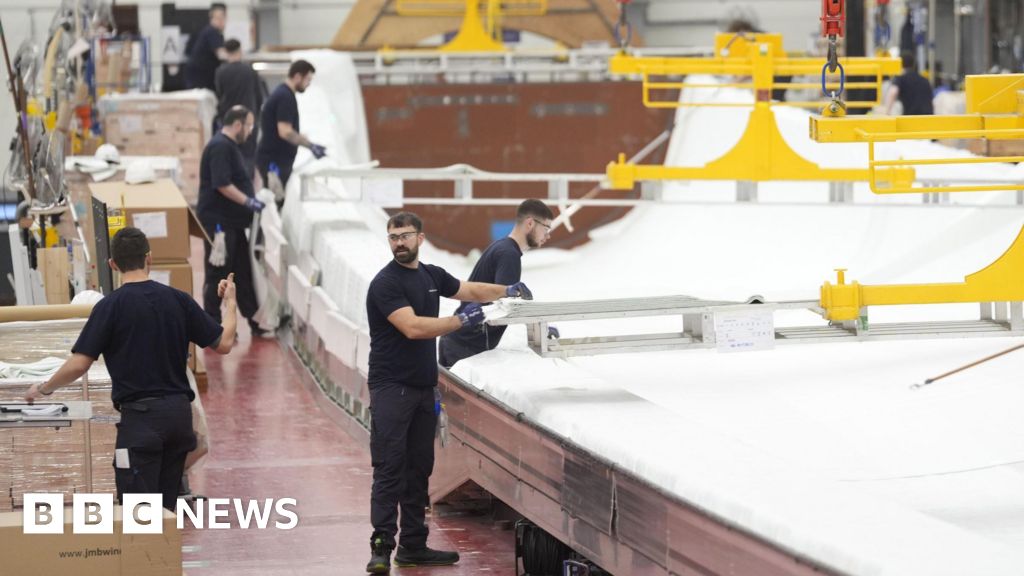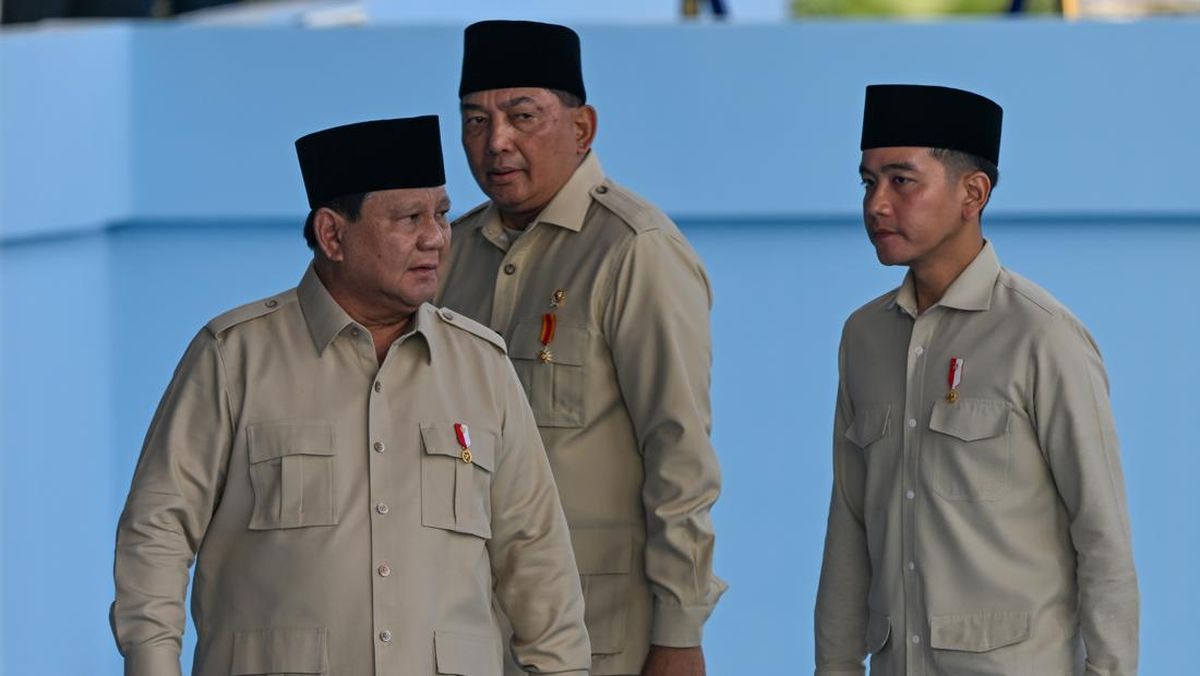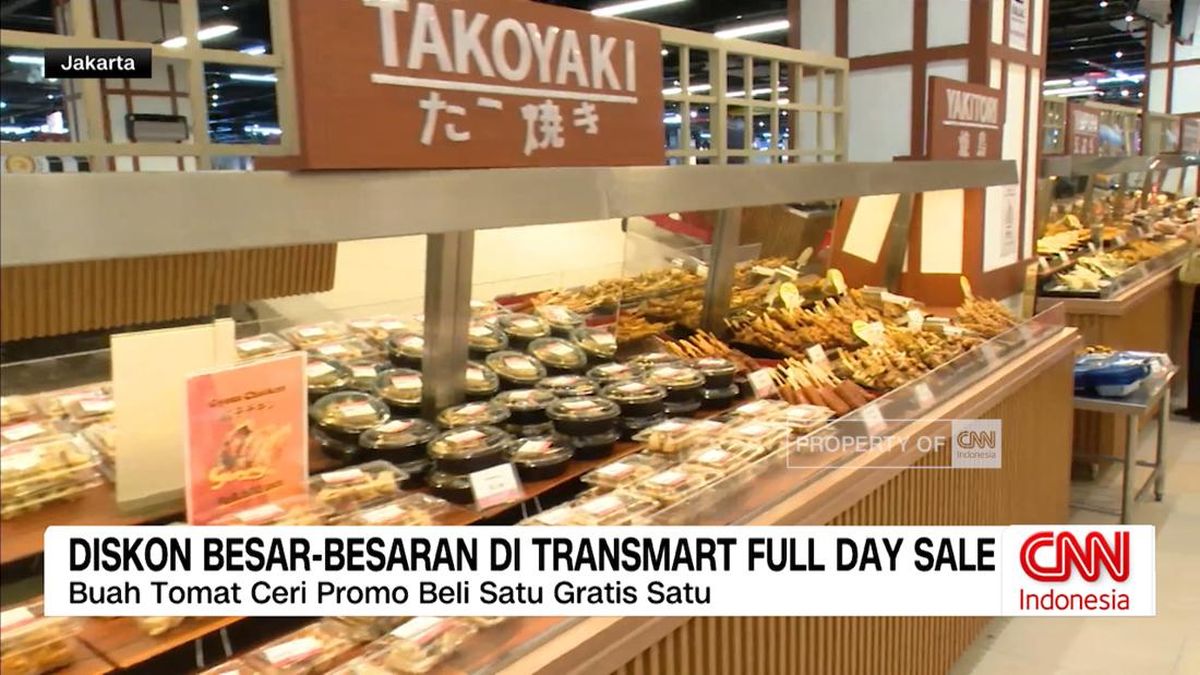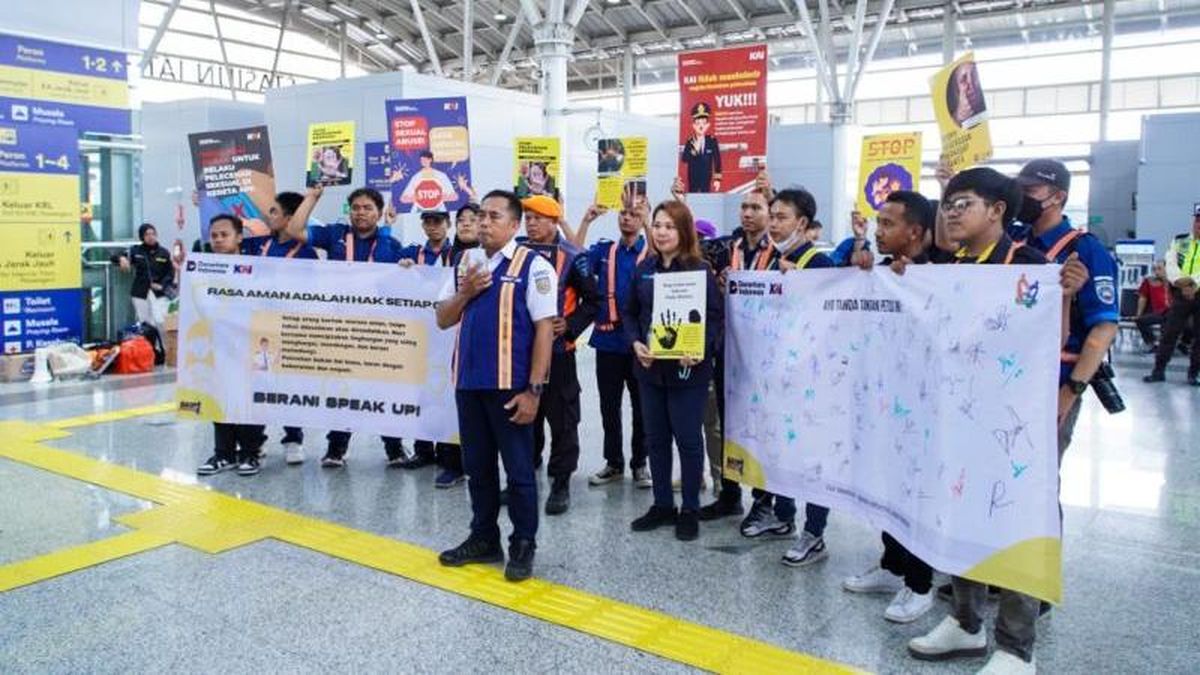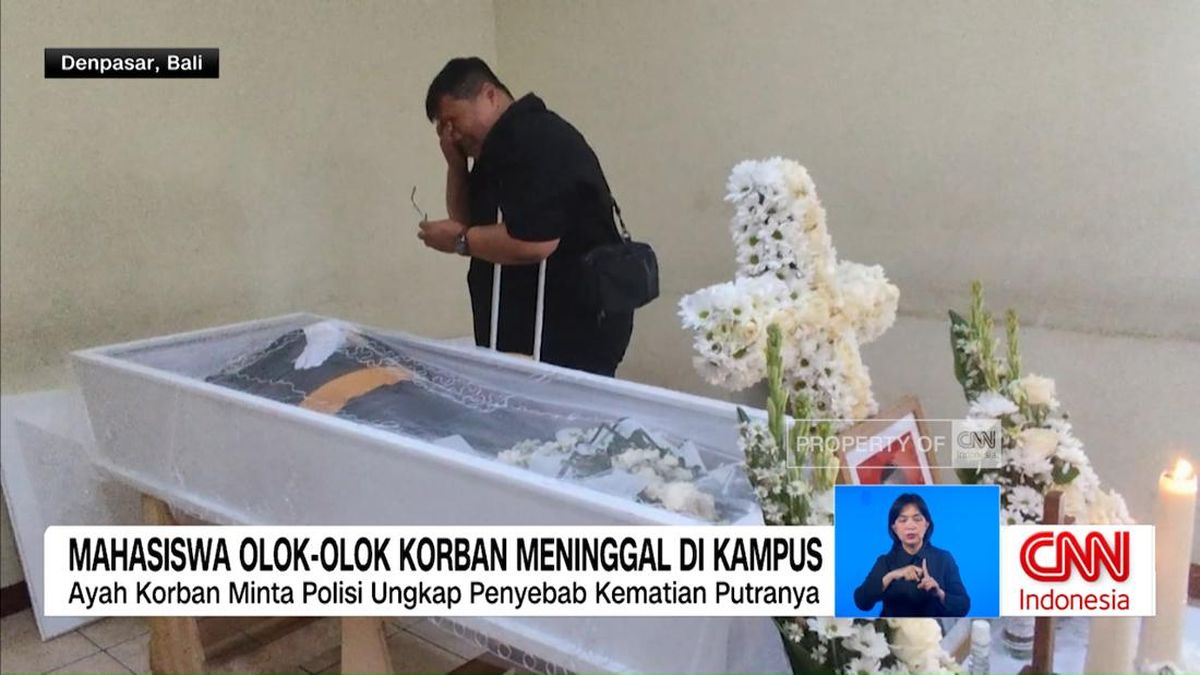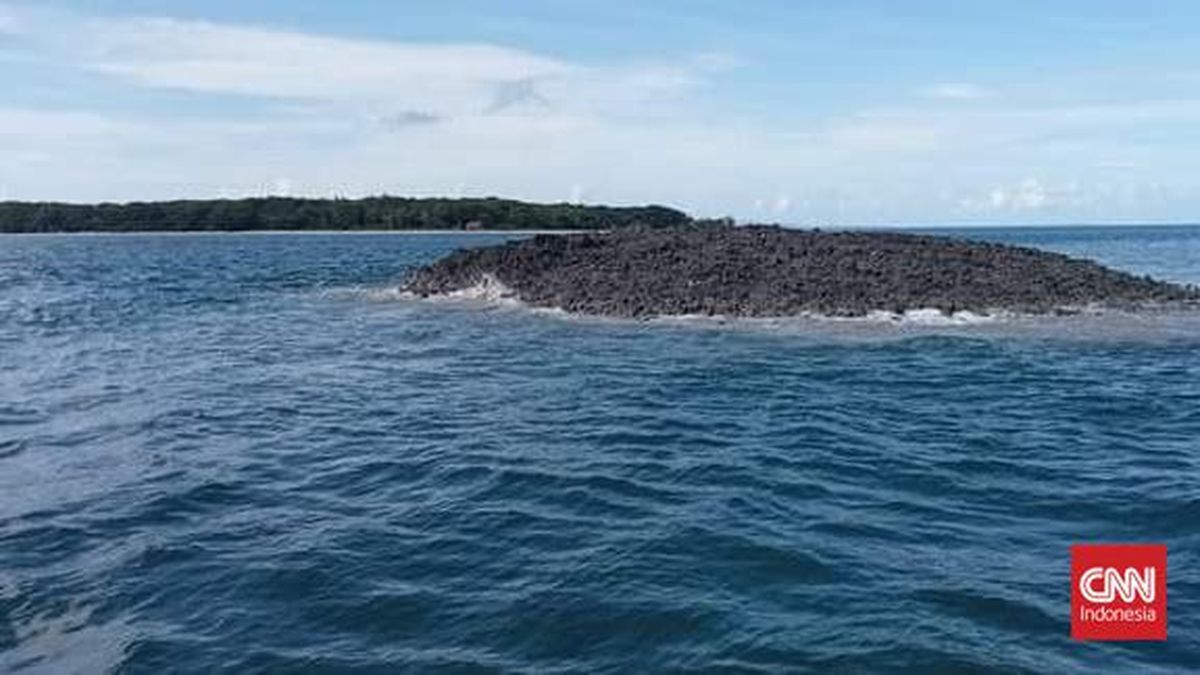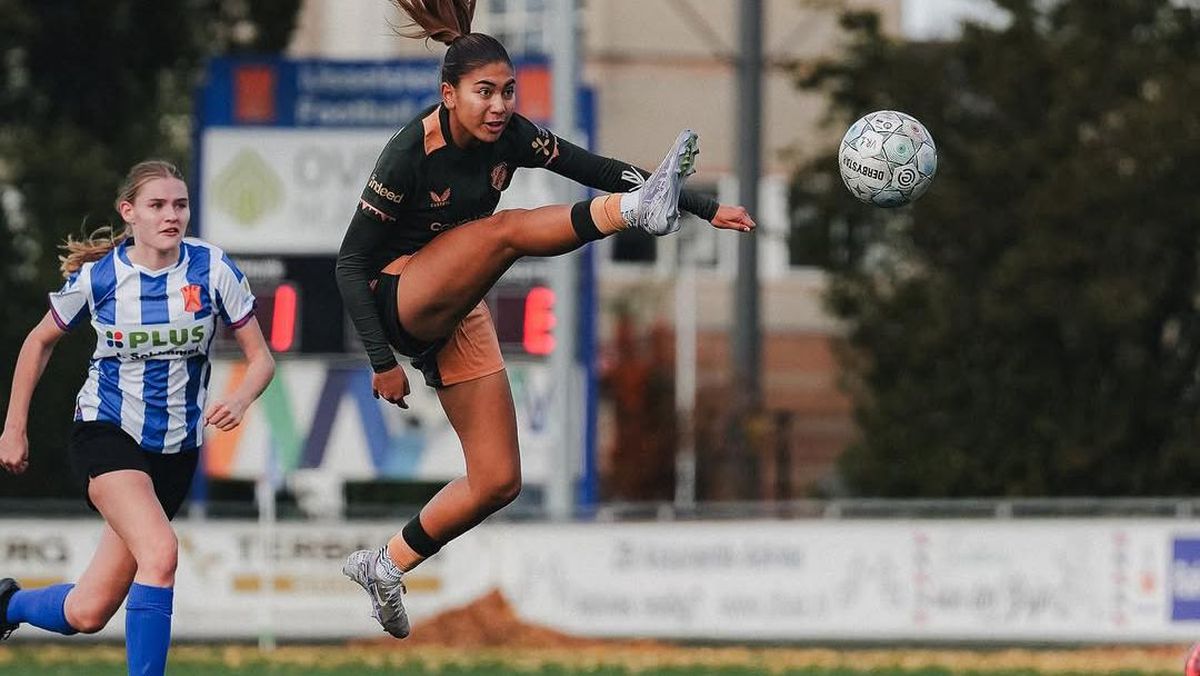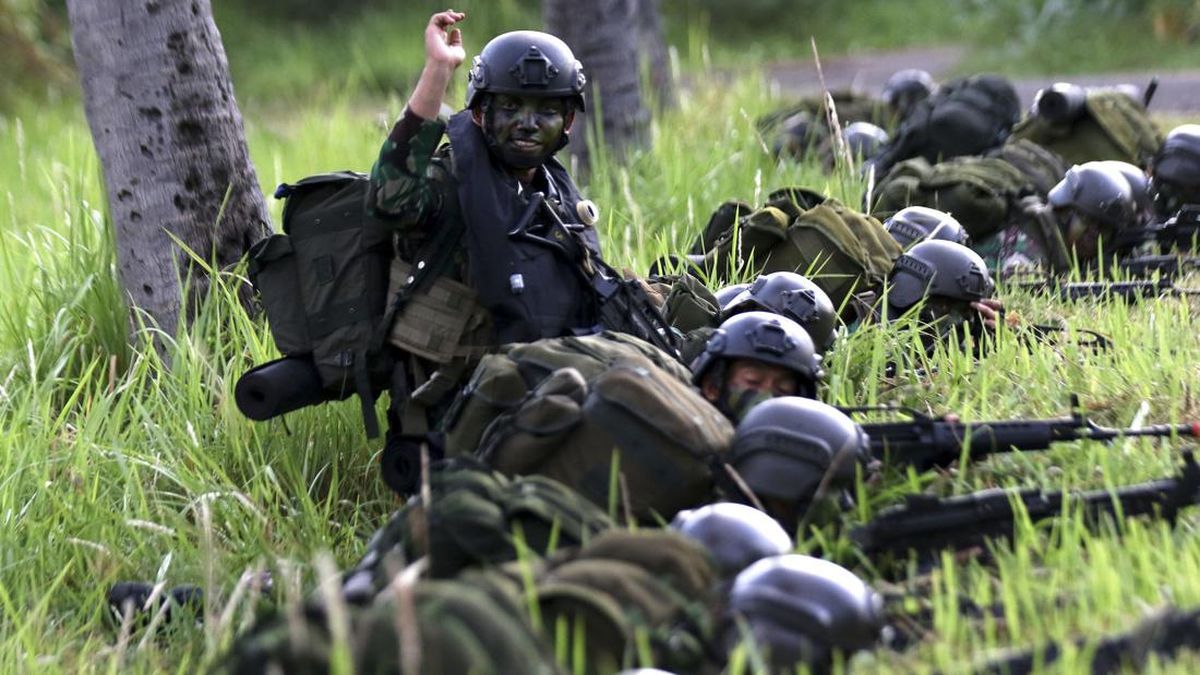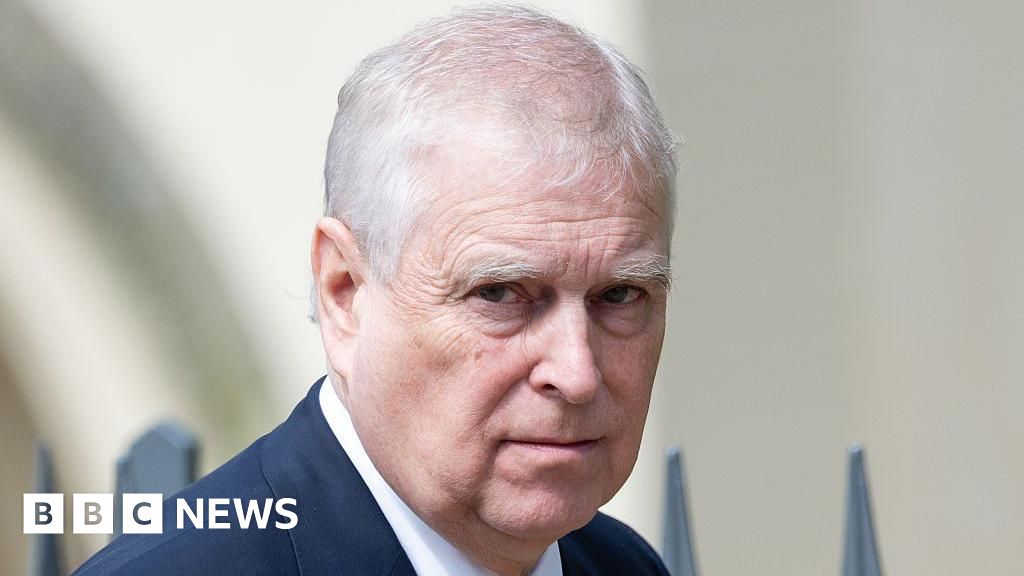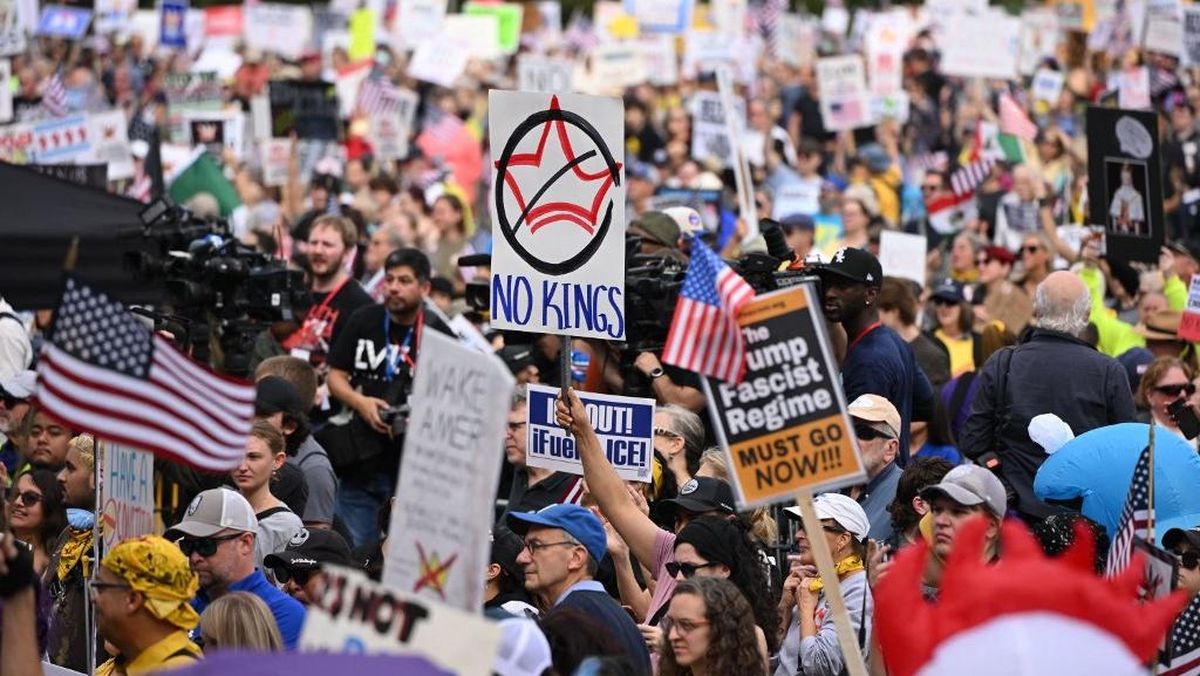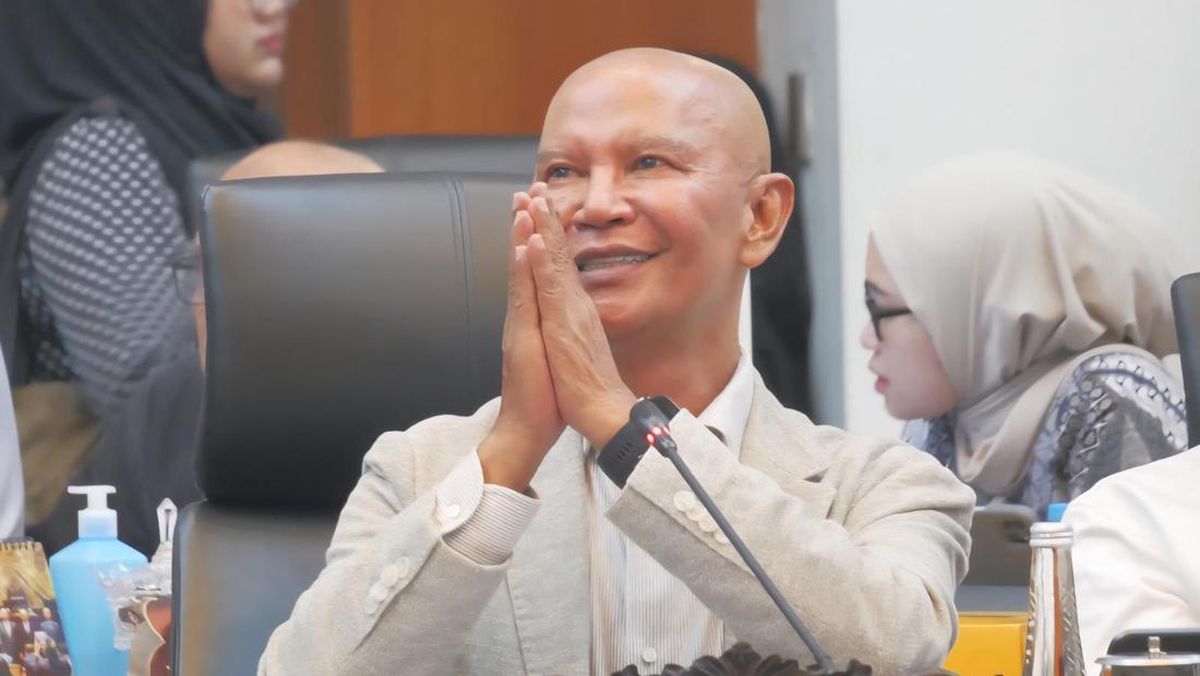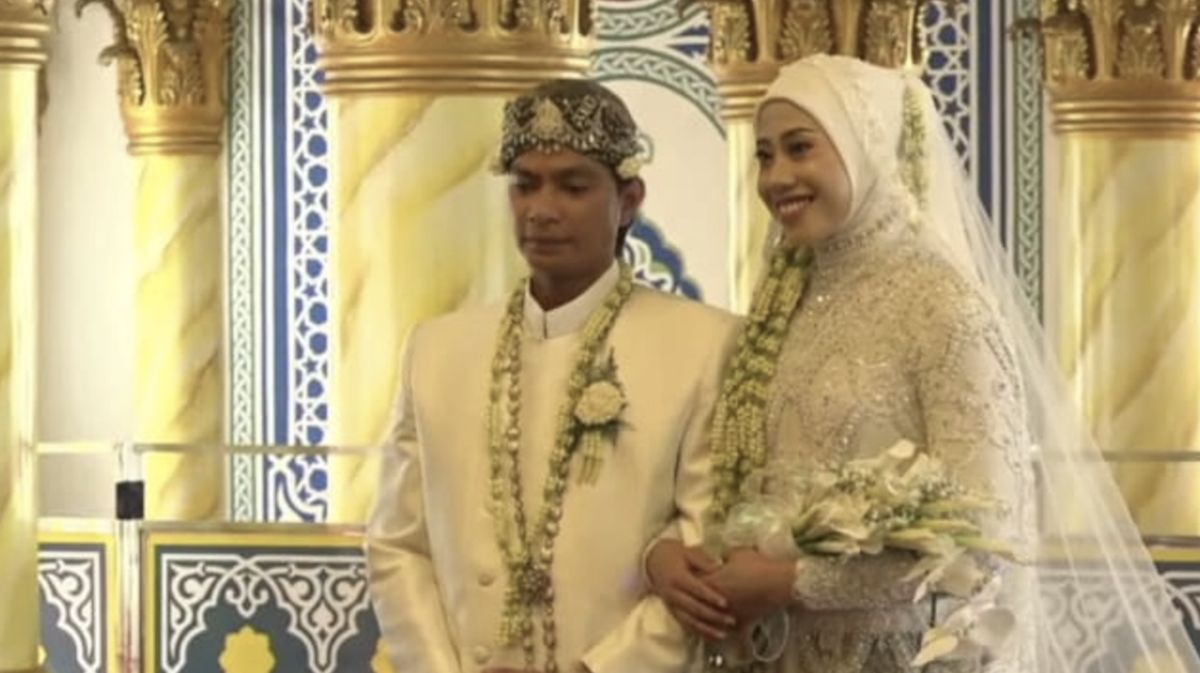Beneath the feet of visitors to Sydney’s dress circle destination, Circular Quay, lie the words of dozens of literary luminaries capturing their thoughts about the harbour city.
None put it better than playwright David Williamson in Emerald City who observed Sydneysider’s lifelong quest for “water frontage”, or Mark Twain who visited Sydney in 1895 as part of a lecture tour to raise money for his family after a business failure and remarked that Australia’s fanciful history read like “beautiful lies”.
These famous literary quotes are inscribed among 60 plaques that comprise Sydney’s Writers’ Walk, what was first conceived to be the city’s answer of sorts to Hollywood’s Walk of Fame or a writerly version of London’s Blue Plaques commemorating the link between famous faces and places.

Sydney’s Writers’ Walk at Circular Quay.Credit: Sitthixay Ditthavong
Fourteen years after the last batch of plaques were inaugurated, the Minns Government is planning to add to the roll call of honoured NSW authors and playwrights in an expanded walk, from the State Library of NSW to Walsh Bay, home of Sydney Theatre Company and Bell Shakespeare Company.
“They all help tell us who we are as Australians,” said Peter Collins, the former Coalition minister who initiated the scheme and is to help plan its expansion. “And in this fleeting, trivial, digital world, these words last.”
It’s all part of a new writing and literature policy strategy unveiled by Arts minister John Graham on Friday to ballast a publishing industry that generates over $1.3 billion annually, some 62 per cent of Australia’s total publishing sales.
Loading
According to the strategy – hailed by Grahamg as a first dedicated plan for the state – 22,000 people are employed as authors, booksellers, librarians, and publishing professionals in NSW, almost half of the sector’s national workforce. Nearly one in four Australian authors have sold publishing rights overseas.
The Stories Matter strategy commits $3.2 million to promote reading; build connections between libraries, schools and universities; and make more sustainable a writer’s living. Authors on average earn $18,200 a year from their creative practice.
Plans include embedding writers-in-residence at NSW universities, launching an authors-in-libraries pilot program in western Sydney and connecting school students with writers and illustrators, with a focus on regional, remote and disadvantaged schools.
Screen NSW will develop an annual pitching event that brings together writers, publishers, literary agents and film, television and theatre producers to create a book to stage and screen pipeline.
Of the committed funding, $100,000 is to be directed to strengthen western Sydney literature organisations, starting with Westwords, to deliver a schools program and emerging writers’ academy.
Another $500,000 has been committed to a literary fellowship fund for authors, playwrights, and illustrators, and $630,000 for research and a pilot program to improve access for women, girls and gender diverse people among the state’s 361 public libraries.
The Writers Walk was established in 1991, and last updated in 2011, spreading from the Overseas Passenger Terminal to the Sydney Opera House.

Award-winning writer and playwright Tom Keneally; with author and journalist (for the Sydney Morning Herald) Tom Thompson; and author and Minister for the Arts Peter Collins, who was responsible for the walk, at Circular Quay in 1991.Credit:
“It was always conceived as an ongoing thing, a necklace around the graceful neck of Sydney that was meant to continue, and I’m thrilled to see that happen,” Collins said. “The written word in the digital age is more important than ever, writing is more important than ever, everything is transient and ephemeral these days.”
The first edition of the writers’ walk deliberately included a mix of fiction and non-fiction writers including the journalist and historian Charles Bean, who wrote six of the 12 volume history of Australia’s official role in World War I. Plaques drew quotes from other literary luminaries such as Henry Lawson, May Gibbs, Ethel Turner, Morris West and Kenneth Slessor.
Overseas contributions came from visitors Arthur Conan Doyle, Rudyard Kipling, Charles Darwin, Jack London, and even Umberto Eco who noted Australia was far away from everywhere, “sometimes even herself”.
Loading
At the time, the walk’s inductees provoked controversy mainly for those who were left off the list, and Collins welcomes healthy public debate this time around as he works with Sydney Writers’ Festival chief executive Brooke Webb on a list of new contenders.
One obvious contender is Patrick White, Australia’s only Nobel Prize Literature winner – to date inexplicably overlooked – as well as Christina Stead, and living contemporary writers Anna Funder, Markus Zusak, Tara June Winch, Charlotte Wood and Aaron Blabey.
Among playwrights who could be nominated are Nick Enright, Gwen Meredith of Blue Hills fame, Kate Mulvaney and Leah Purcell.
Collins said songwriters could also be included: “Written poetry is almost an art form of yesterday, and songwriters are the modern poets. I’d leave the door ajar to songwriters and, if that was the case, we’ve had many classic Australian songwriters worthy of consideration.”
Most Viewed in Culture
Loading

